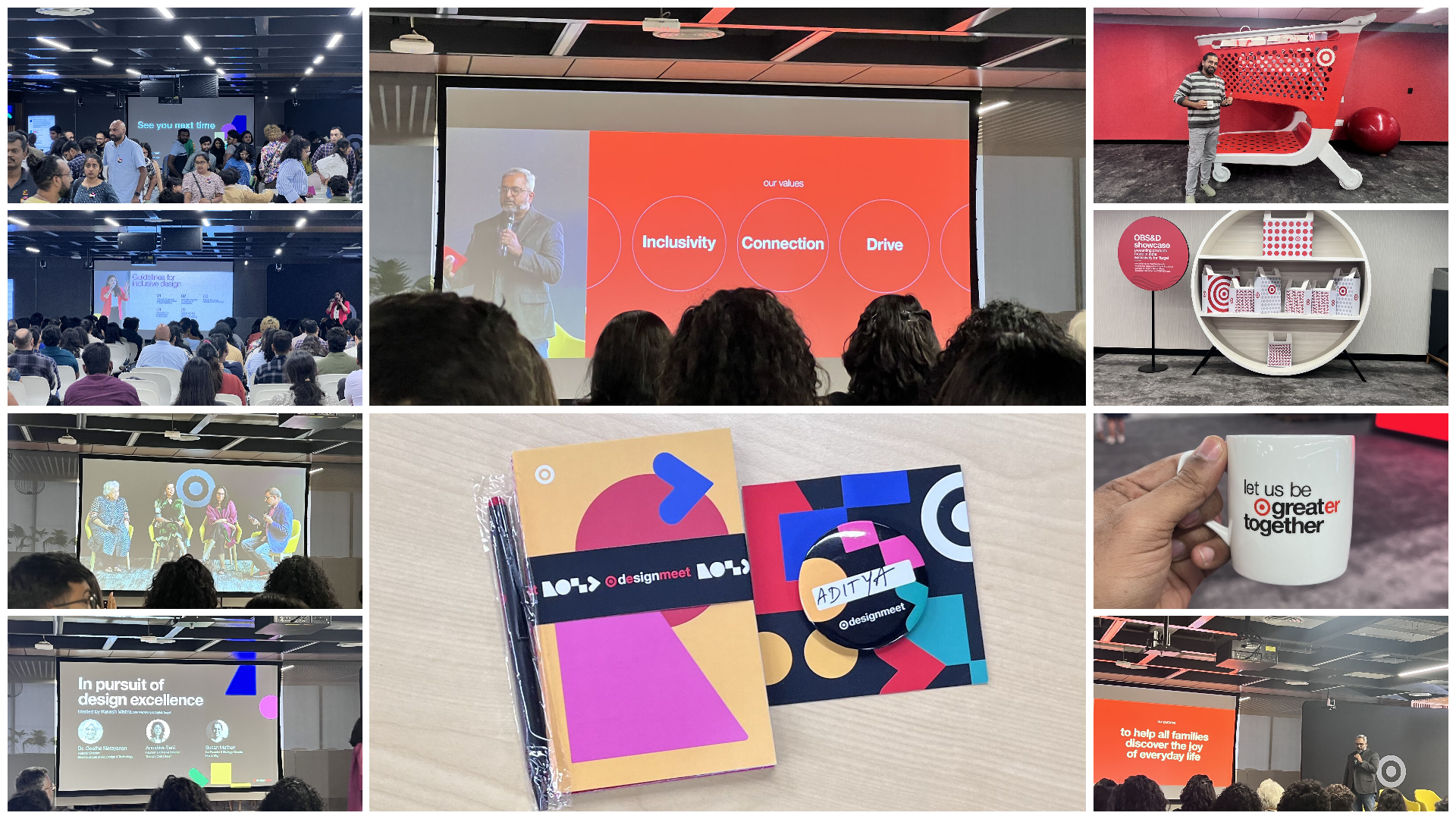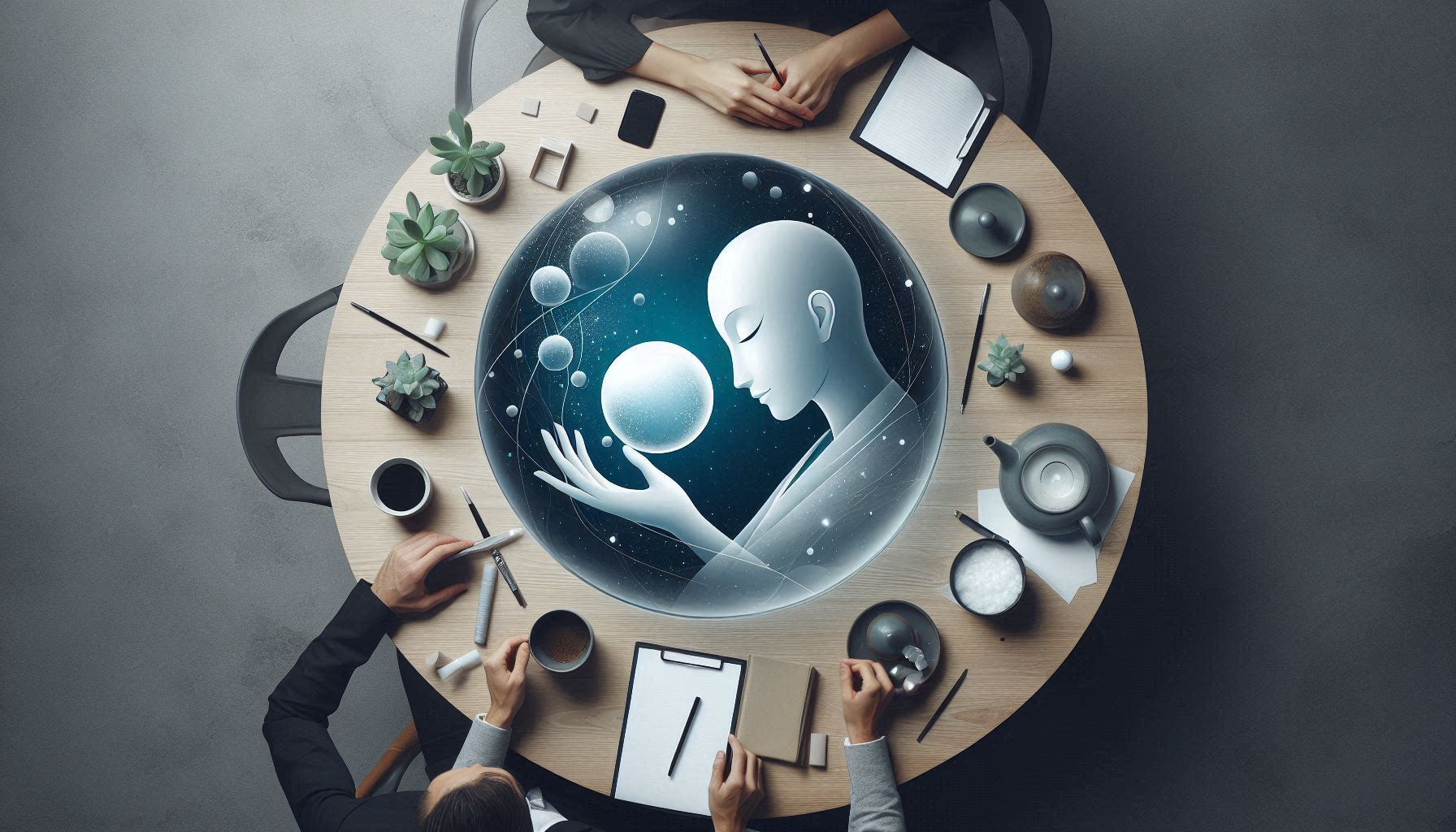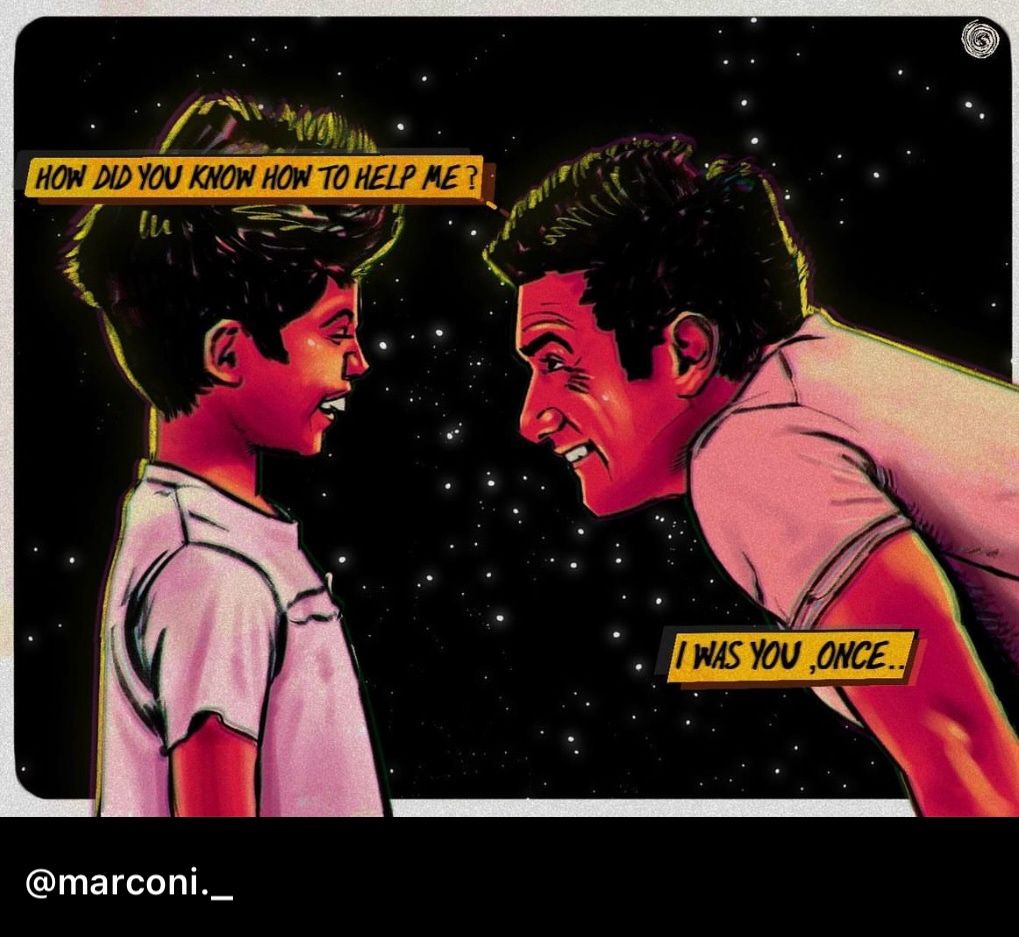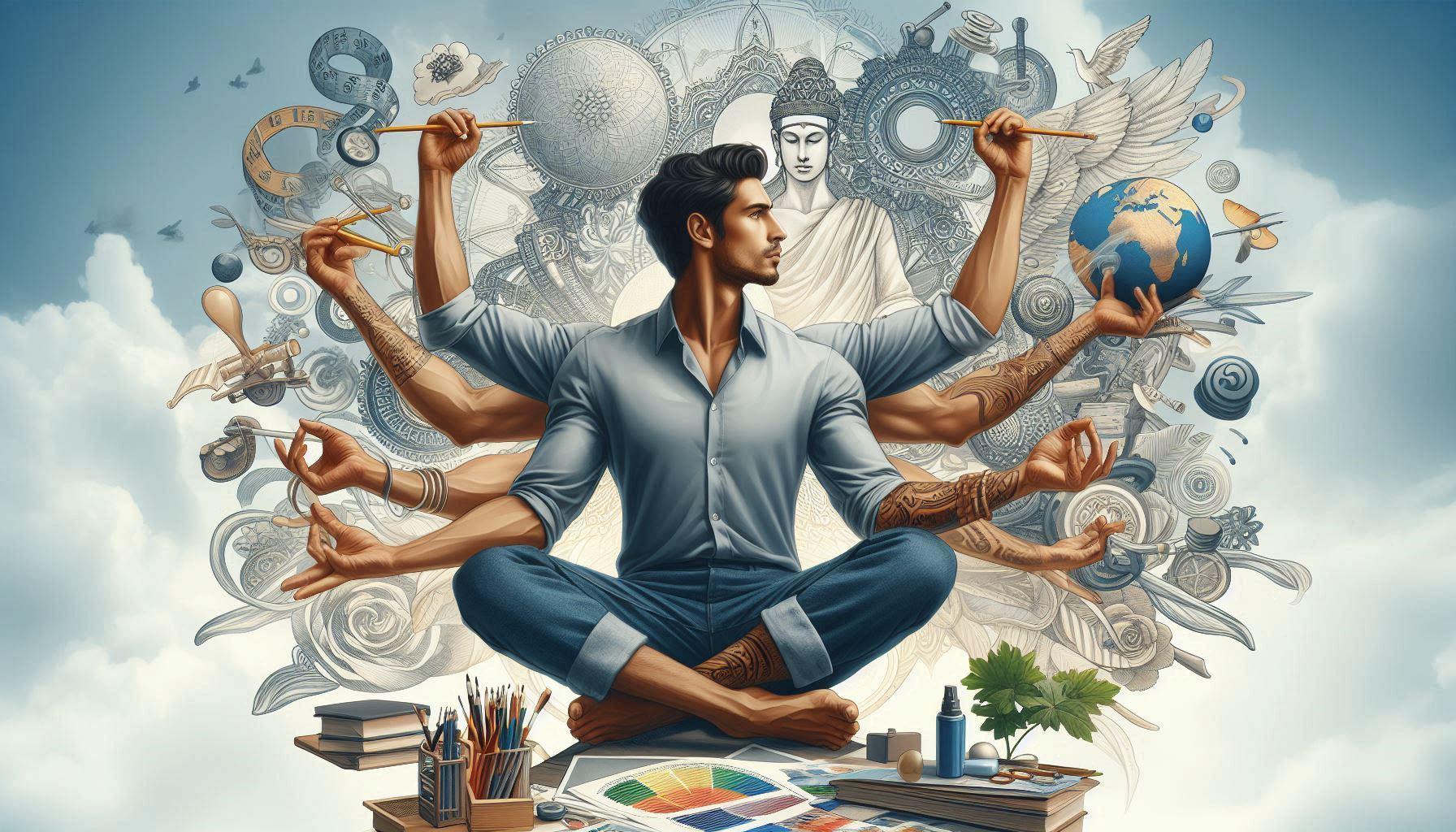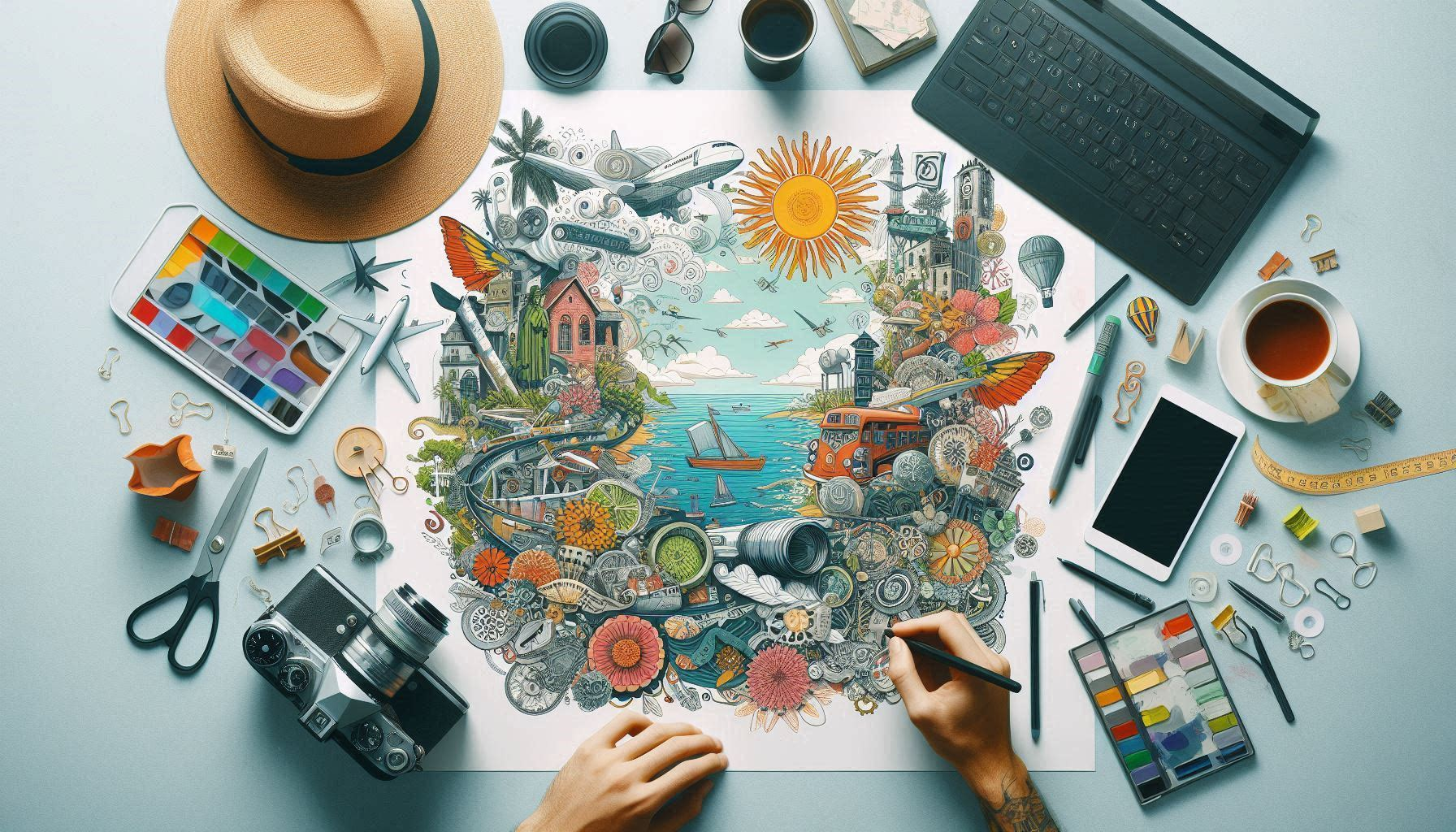Hey you,
I see you. I see the late nights spent overthinking your designs, the hesitation before sharing your ideas, and the voice in your head whispering, “Am I good enough?” I’ve been there. I’ve sat in that exact same spot, staring at my screen, wondering if I even belonged in this field.
But here’s the thing: I made it through. And if I can do it, so can you. Let me share my story and the lessons I learned along the way. Maybe it’ll help you find your own path across that bridge of self-doubt and insecurity.
1. I Realized I Wasn’t Alone
When I first started, I felt like everyone around me had it all figured out. They spoke confidently in meetings, presented their work with ease, and seemed to know exactly what they were doing. Meanwhile, I was second-guessing every decision I made.
But then I had a conversation with a senior designer I admired. I confessed how lost I felt, and to my surprise, they said, “I still feel that way sometimes.” That was a turning point for me. I realized that self-doubt isn’t a sign of weakness—it’s a sign that you care. And caring is the first step to becoming great at what you do.
2. I Started Small
I used to think I had to create masterpieces right out of the gate. Spoiler: I didn’t. And neither do you. What helped me was starting small. I focused on one task at a time—whether it was perfecting a button design or improving the hierarchy of a landing page.
Each small win gave me a little more confidence. Over time, those small wins added up, and I began to trust myself more.
3. I Learned to Separate Feedback from My Self-Worth
Early on, I took every piece of feedback as a personal attack. If someone didn’t like my design, I felt like they didn’t like me. It took me a while to realize that feedback isn’t about me—it’s about the work.
I started asking better questions: “What’s not working here?” or “How can this better serve the user?” Shifting my mindset from “I’m not good enough” to “How can I improve this?” made all the difference.
4. I Found My People
One of the hardest parts of being a new designer is feeling like you’re on an island. I rarely spoke up because I was afraid of saying the wrong thing. But then I found a community—online forums, design meetups, and even a few coworkers who became my sounding board.
Having people who understood what I was going through made me feel less alone. They encouraged me to share my ideas, even when I wasn’t sure they were “good enough.” And you know what? More often than not, they were.
5. I Embraced the Messy Middle
I used to think that great designers just magically came up with perfect solutions. But the truth is, design is messy. It’s about experimenting, failing, and trying again.
I learned to embrace the messy middle. Instead of stressing over getting it right the first time, I focused on iterating and improving. Each iteration taught me something new, and slowly, I began to trust my process.
6. I Stopped Comparing Myself to Others
This was a big one for me. I’d scroll through Dribbble or Behance and feel like I’d never measure up. But then I realized something: comparison is a thief of joy. Everyone’s journey is different.
I started focusing on my own growth instead of someone else’s highlight reel. I celebrated my progress, no matter how small, and reminded myself that I was on my own path.
7. I Found My Voice
Speaking up was terrifying at first. I’d rehearse what I wanted to say in my head, only to stay silent when the moment came. But I realized that my ideas mattered—even if they weren’t perfect.
I started small. I’d ask a question in a meeting or share a thought in a Slack channel. The more I did it, the easier it became. And over time, I found my voice.
8. I Learned to Be Kind to Myself
This was the hardest lesson of all. I was my own worst critic, constantly beating myself up for not being “better.” But I realized that growth takes time. I started treating myself with the same kindness I’d show a friend.
When I made a mistake, I reminded myself that it was part of the process. When I felt insecure, I acknowledged it without judgment. Slowly, I began to believe in myself.
9. I Realized Confidence Is a Journey, Not a Destination
Even now, I still have moments of self-doubt. But I’ve learned that confidence isn’t about never feeling insecure—it’s about moving forward anyway. It’s about trusting yourself enough to take the next step, even when you’re not sure where it will lead.
You’re Stronger Than You Think
If you’re feeling stuck, unsure, or insecure, know this: you’re not alone. Every designer has been where you are. The fact that you’re here, trying to grow, shows how much you care. And that’s the mark of a great designer.
Take it one step at a time. Celebrate your wins, learn from your mistakes, and keep going. You’ve got this.
With love and solidarity,
Someone who’s been in your shoes 💛
P.S. If you ever need to talk, I’m here. Sometimes, just knowing someone understands can make all the difference.

